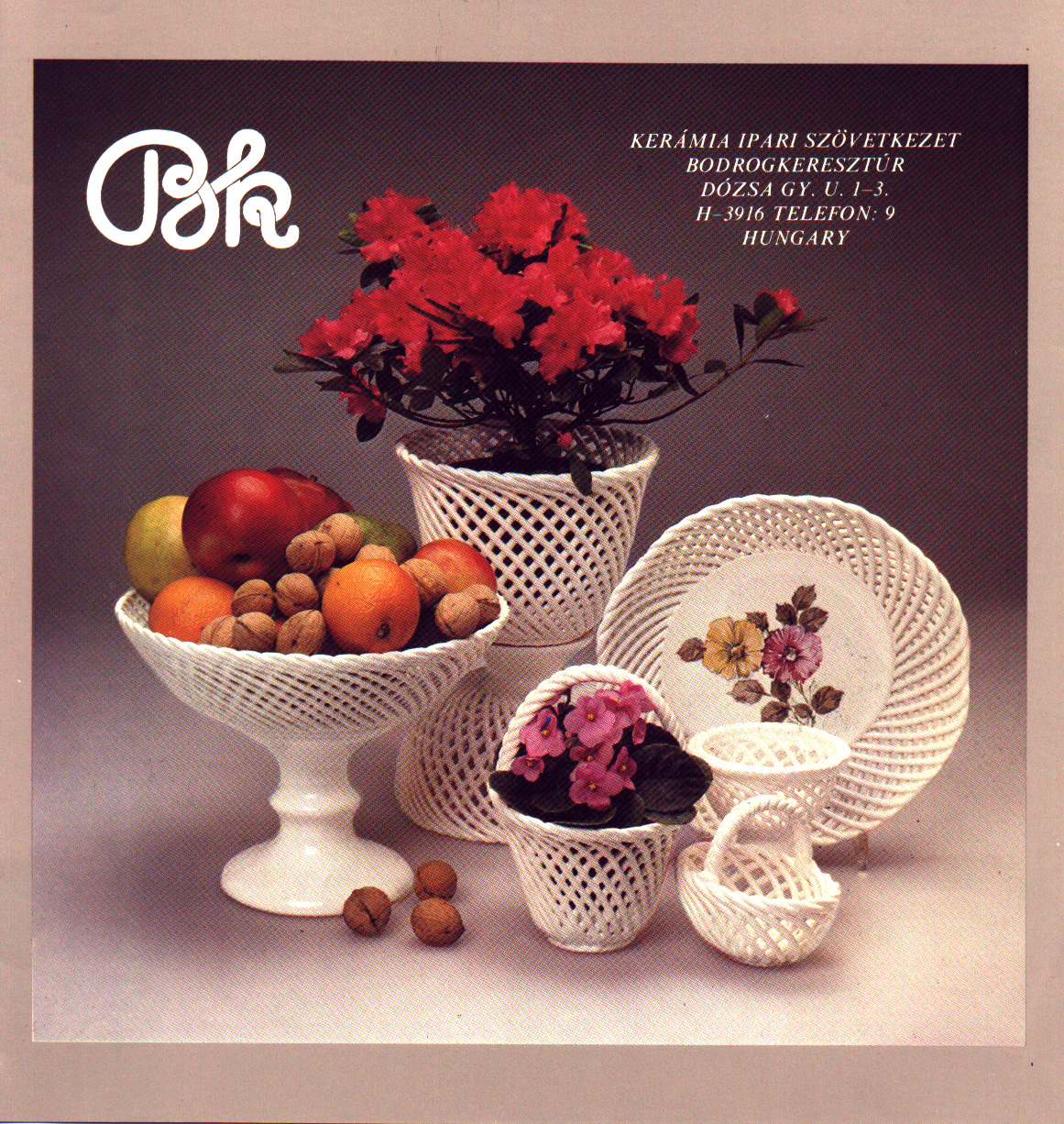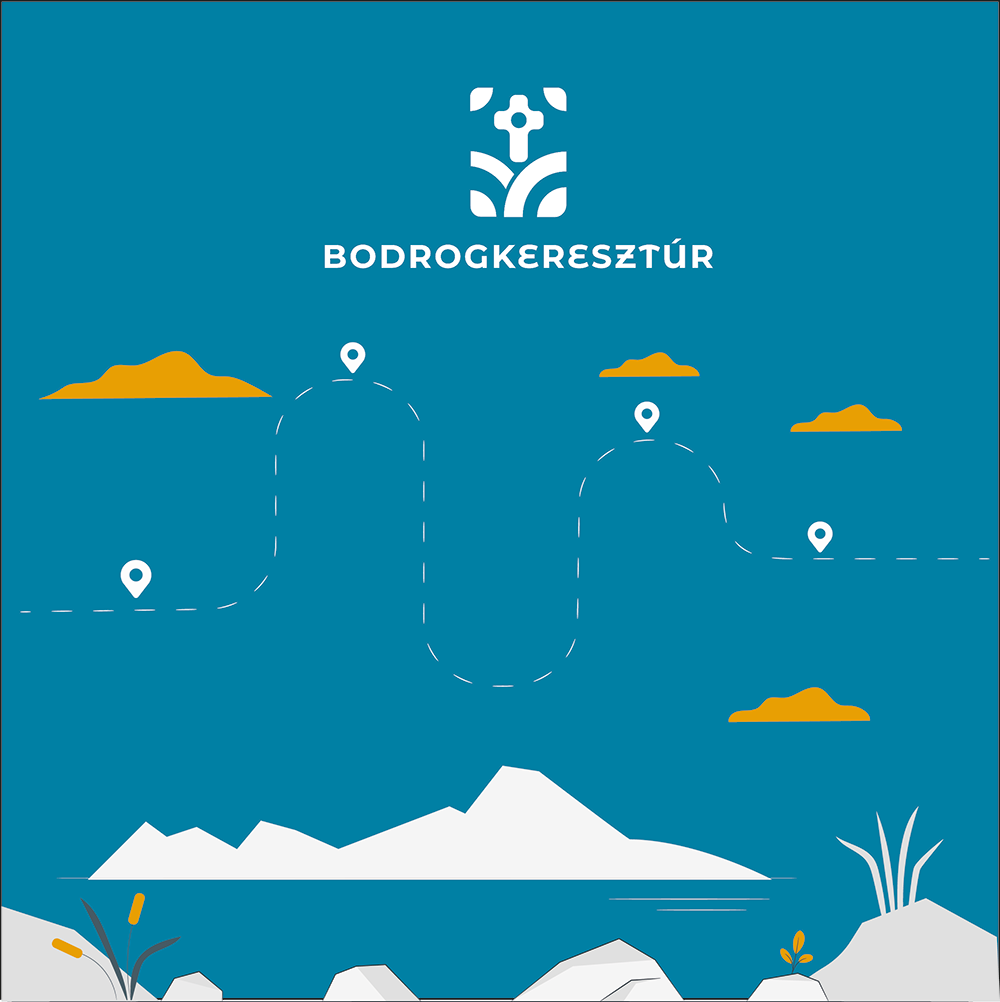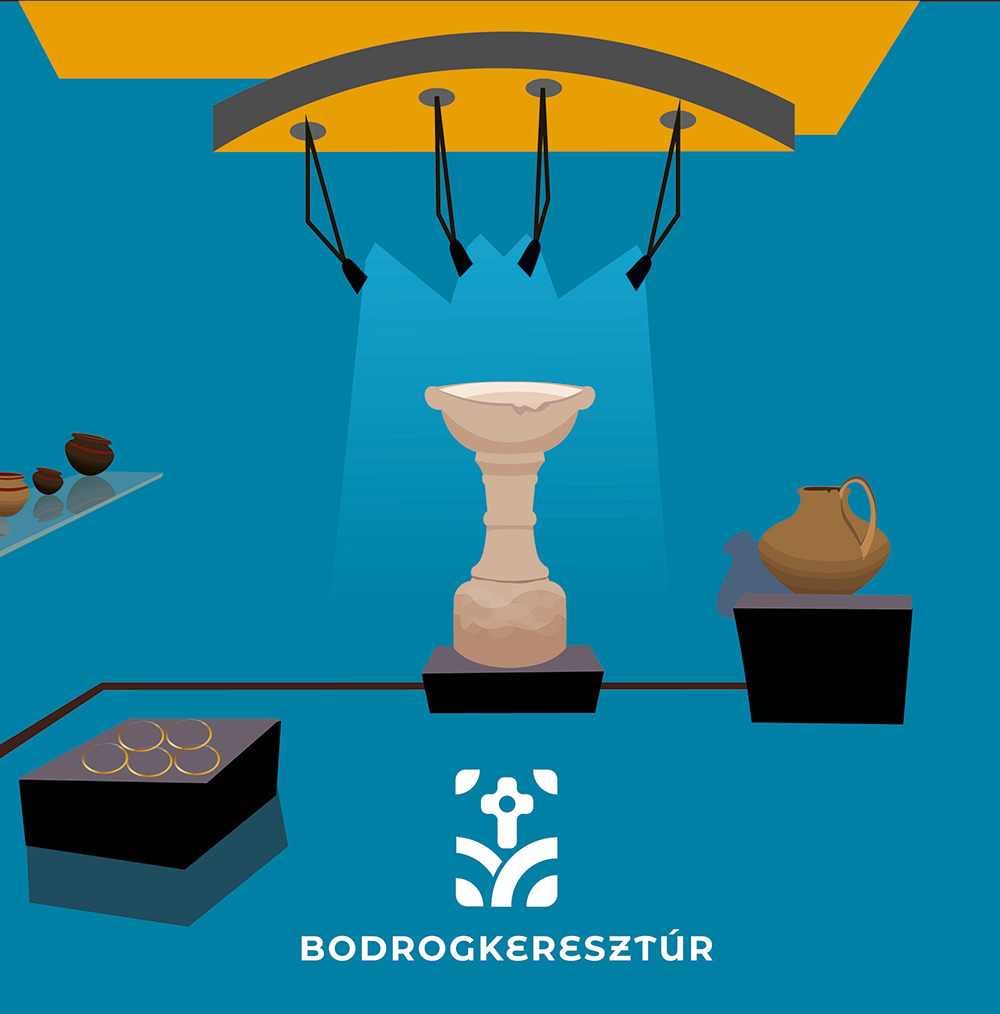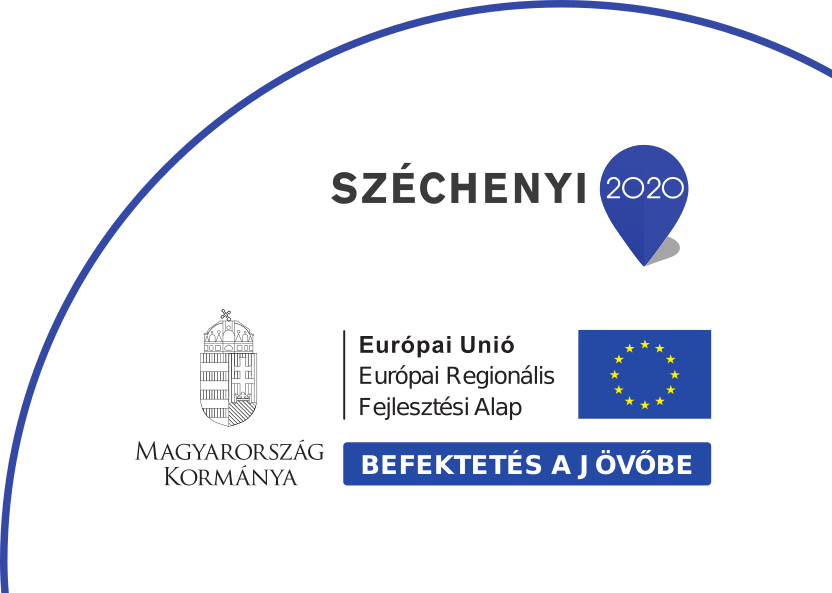Cellar room - Production of pottery

II. The production of pottery in Bodrogkeresztúr in the 20th century
In the late 1920s, a young schoolteacher arrived in the village with a strange, "peculiar" husband. The curious girls and women who dropped in on the "peculiar man's" workshop said: the teacher's husband, Charles Ulrich, is baking mud! Little did they know then that in less than two decades - thanks to József Ulrich, one of the sons of the master who founded the small factory - it would provide work for more than 300 people.
Károly Ulrich – the son of Jakab Ullrich, the chief porcelain maker of the Herend porcelain factory – was as young as 11 years old when he started working in the factory there. After his apprenticeship, he studied the production techniques of porcelain workshops in Germany. In 1901 he was already in Hódmezővásárhely, as the head of the clay school. In 1907, he opened his first independent ceramics workshop in Orosháza, where he made objects and tools for household use with the help of his family. After the First World War, the factory closed down, and after a decade of unsuccessful experimentation, the Ullrich family founded their ceramics factory in Bodrogkeresztúr in 1930.
Initially, only members of the family made fire pots, coffee and tea sets, plates with wicker edges, baskets and painted decorative items for the domestic trade using kaolin from Sárospatak and Hollóháza. After World War II, the factory also produced industrial ceramics and decorative ceramics.
The Keresztúr pottery factory was located next to the former Fairground, on the site occupied by Bott Cellar now.
The third episode in the production of ceramics in Keresztúr started in 1994, when Holland Rt. launched the production of the Rákóczi-palack stoneware using Dutch technology and German raw materials. The bottles filled with Tokaj wine are still available in many Hungarian shops.
Routes with audioguide
Show all




